To wear a helmet or not to wear a helmet, that is the question. And it is one that is increasingly being asked as of late. The rate of biking in America has long been on the rise, with millions of Americans picking up cycling as a regular habit over the last few years. However, due to the COVID-19 pandemic and subsequent lockdowns, biking has taken off in America over the last year like never before.
In some cities, year-over-year increases in cycling were over 100% as people found biking to be a way to avoid crowded public transit systems. And with fewer cars on the road, many cyclists felt safer on the road than ever before.
But the increase in biking has led to more cyclists asking themselves whether or not they should wear a helmet. The short answer to the question is yes. And no. And maybe. In reality, the answer depends on a number of factors including the type of biking a cyclist is planning to do and the types of terrain they plan to be biking on.
When You Should Wear a Helmet
Many studies have clearly shown that wearing a helmet when biking can help reduce head and even face injuries. That being said, not all bike trips are the same. While you might not feel the need to wear a helmet when on a casual ride on well-protected bike lanes, the situation is different if you are mountain biking or will be traveling at high speeds through high-traffic areas.
In that case, a good helmet might be in order. The bike boom that has occurred during the last year of lockdowns has seen a huge increase in the amount of bike gear, including helmets, that U.S. cyclists have invested in. Some of the best and most popular helmets are made by brands like Giro and Nutcase and can range in price up to $100 or more.
More Important Than Helmets
Helmets alone, however, are not the key to reducing bike accidents and making roads safer for cyclists. In order to accomplish that, improved biking infrastructure is the answer. To illustrate this point, consider The Netherlands.
It is no secret that the Dutch are the envy of the cycling world because of their vast bike networks and dedicated bike lanes. Interestingly, studies have shown that Dutch cyclists wear helmets at lower rates than riders in other countries. But instead of a high number of cycling deaths, the Netherlands sees far fewer bike-related deaths than other countries. This includes the U.S. whose cyclists are far more likely to wear helmets.
It is the Netherland’s unparalleled cycling infrastructure and not helmets that make biking in the country safer than in the U.S. and elsewhere. Obviously, that doesn’t mean cyclists in American shouldn’t wear helmets.
Given the current state of biking infrastructure in many cities, a helmet is a must.
But what it really means is individuals and groups of cyclists need to continue to work with city officials to create bike lanes and other safety measures on par with the Dutch. Only then will we see the level of bike safety we all long to see.
Helmet or No Helmet…Bike
Whether you want to wear a helmet or not, the most important thing is that you get out there and bike. Even though bike accidents are more common in the U.S. than they are in some other countries, it doesn’t mean they are all that common overall. Indeed, biking is safer than many other activities.
Finally, because of how good it is for your health, the benefits of cycling far outweigh the risks—helmet or no helmet.
See our benchmarking report or contact us for more information.

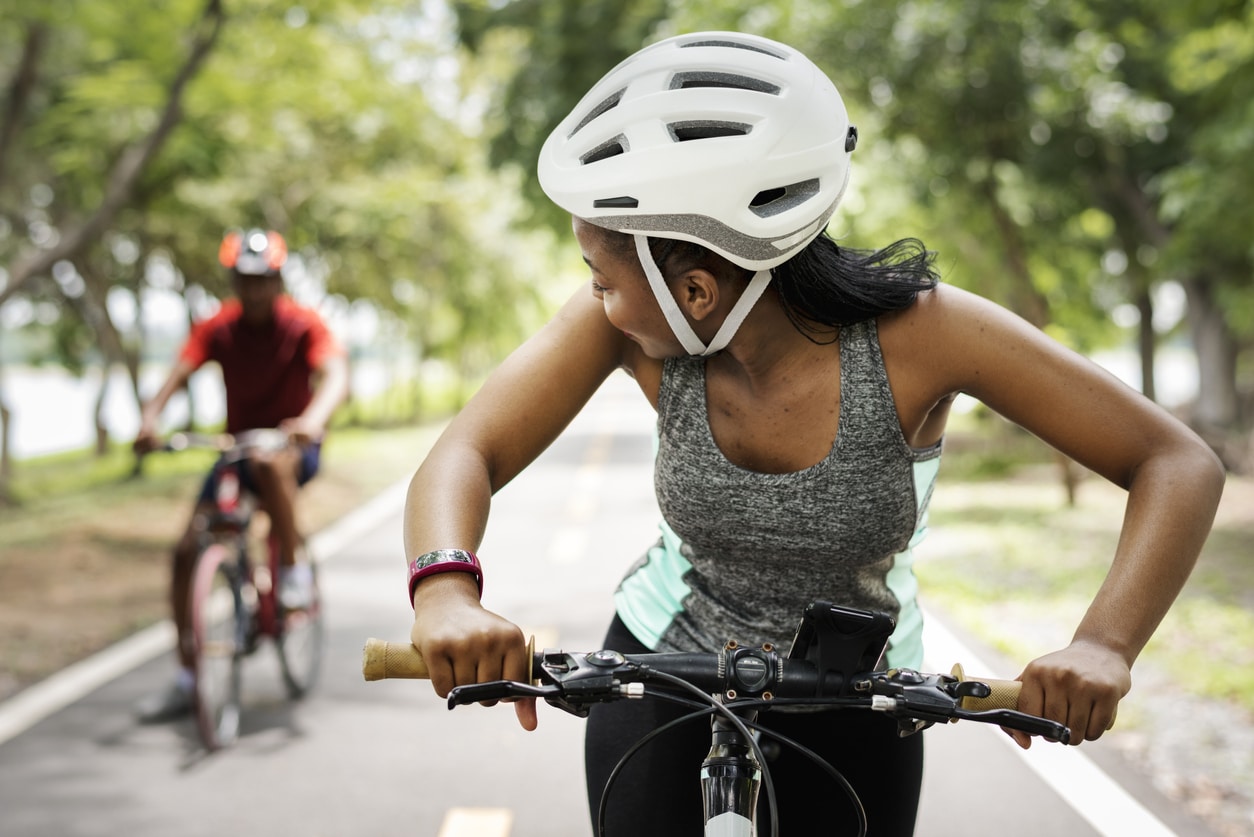
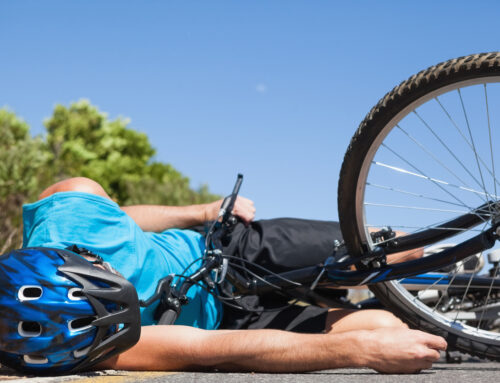
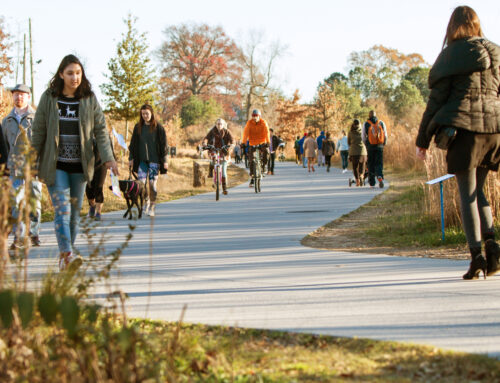

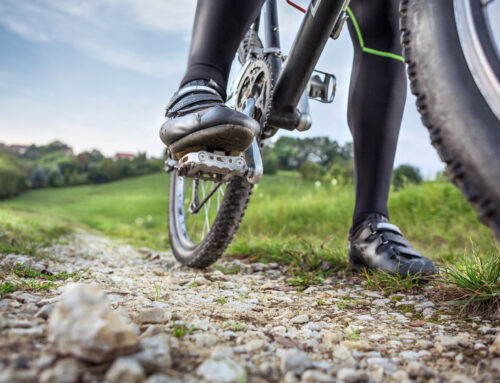
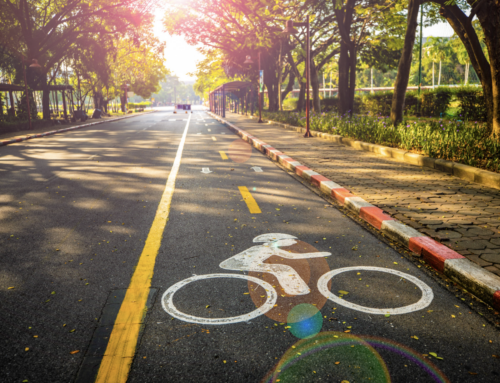
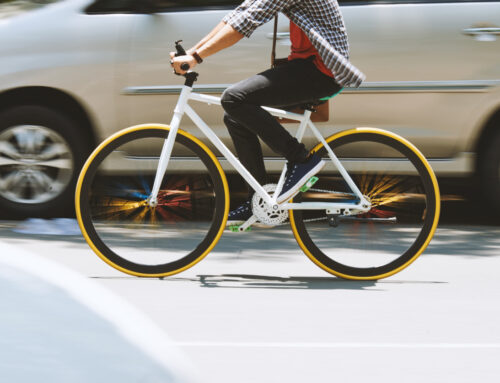
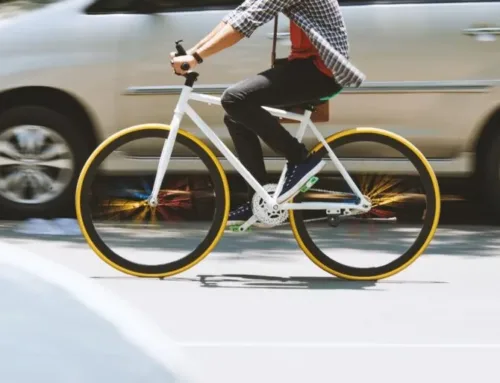
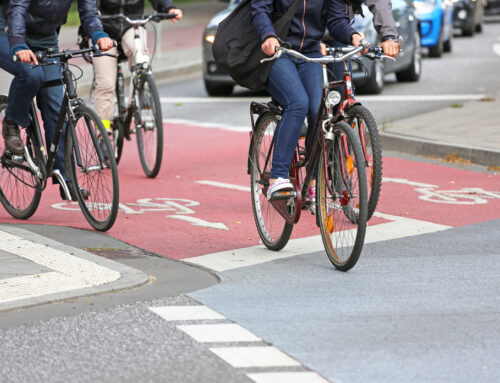
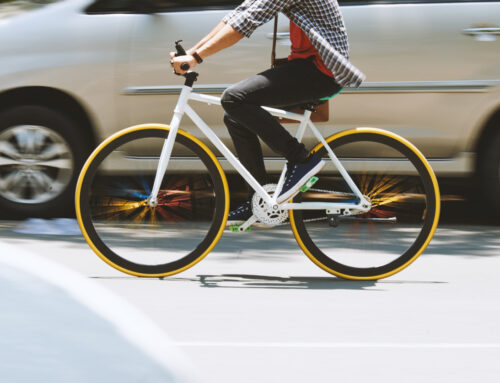
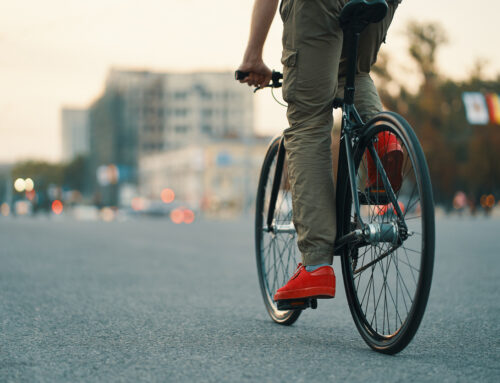

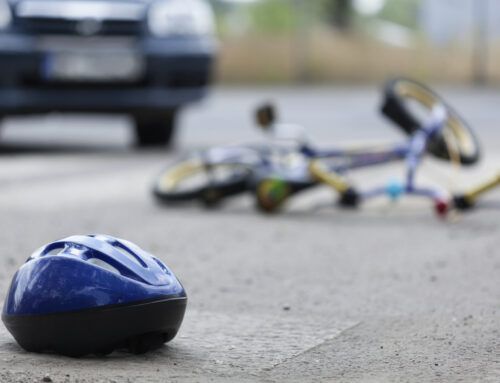
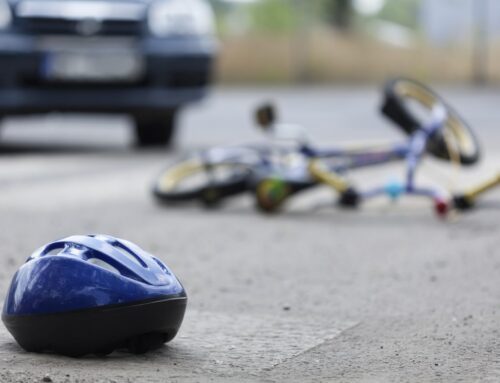
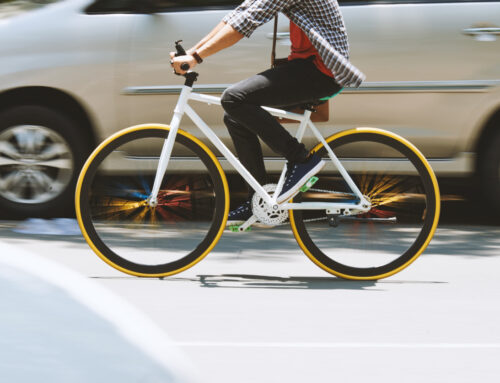

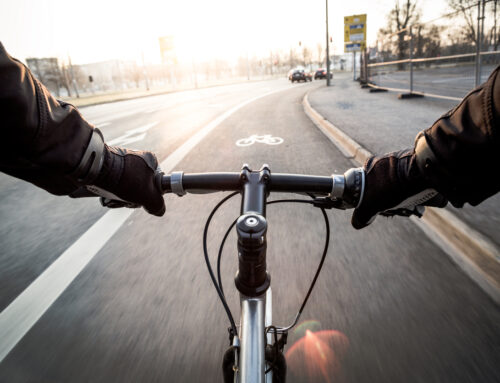
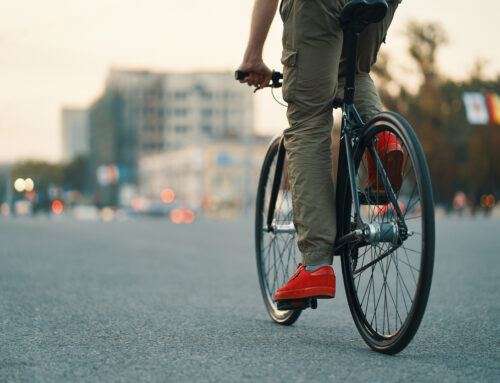
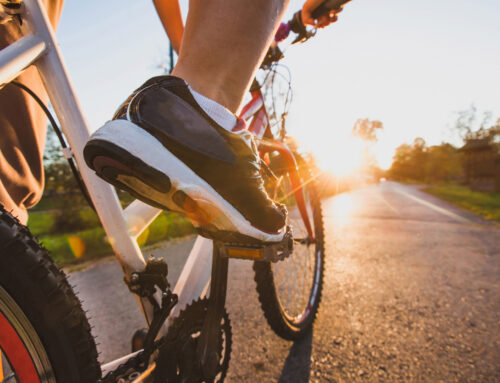
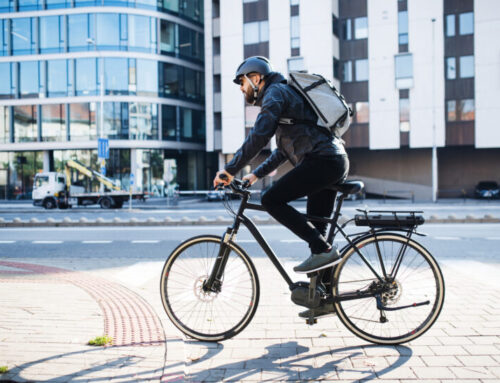
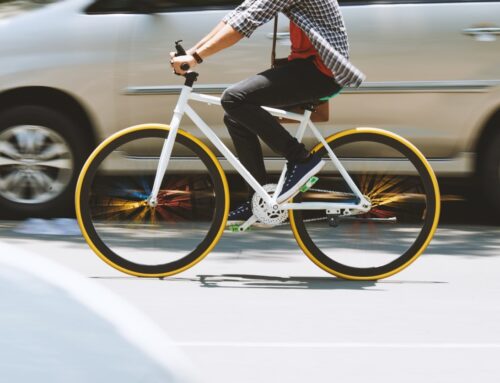
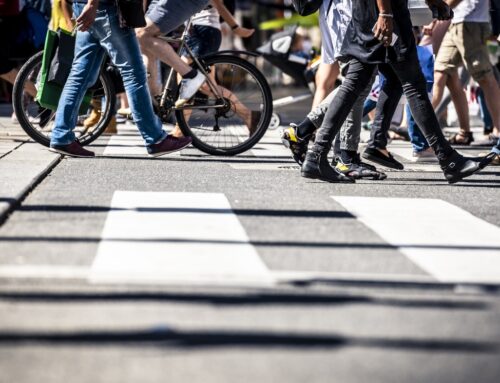
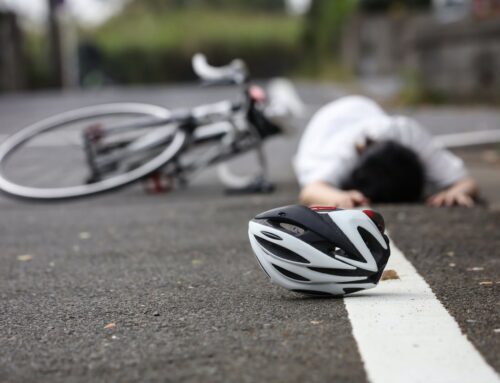
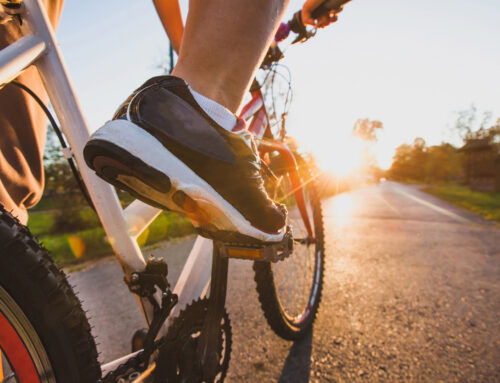
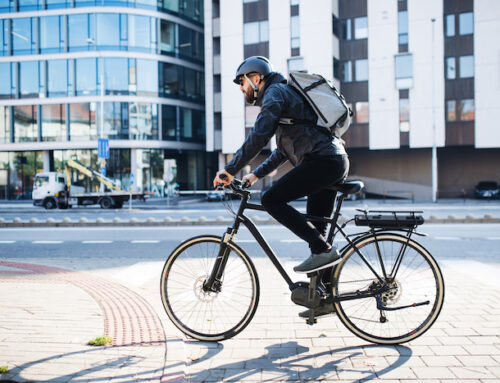
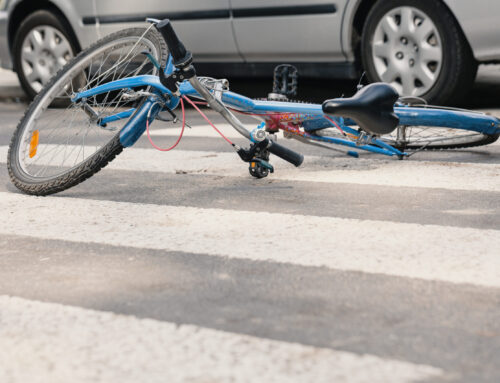
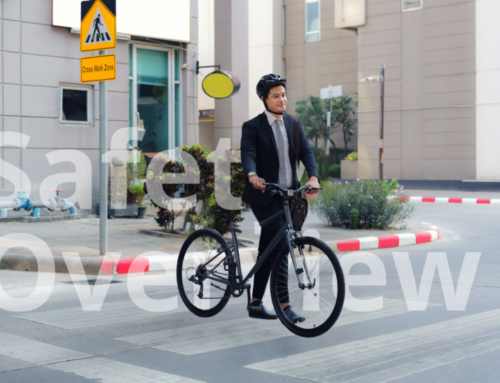
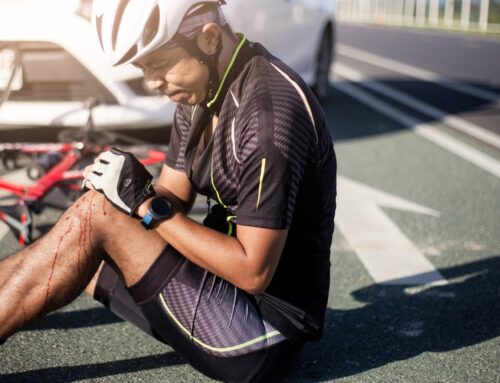

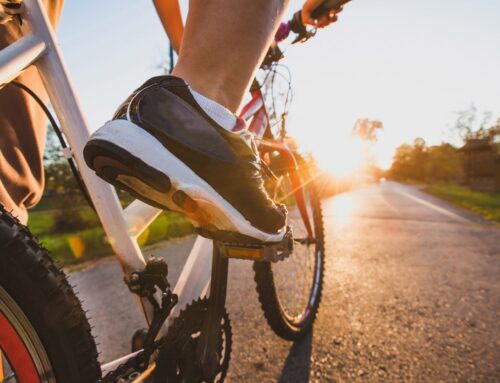
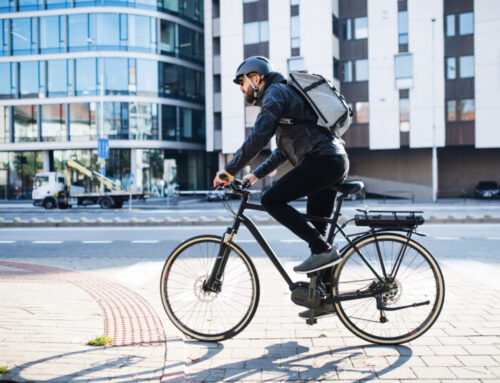
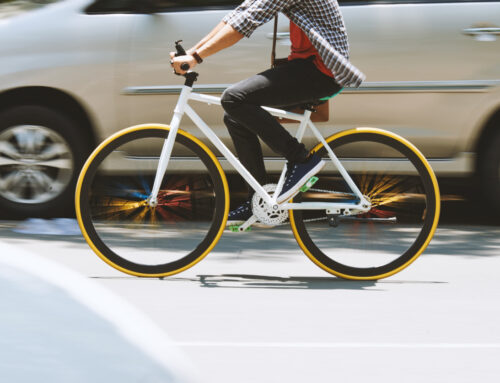
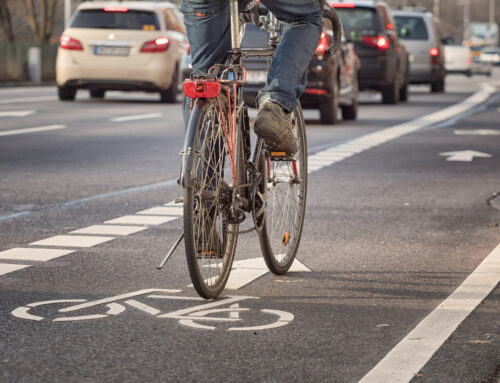
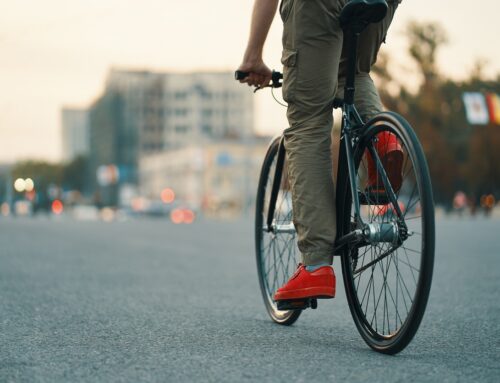


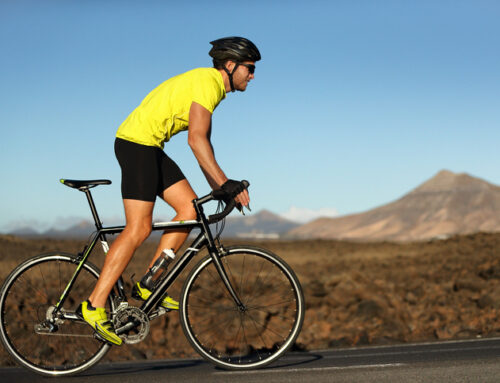
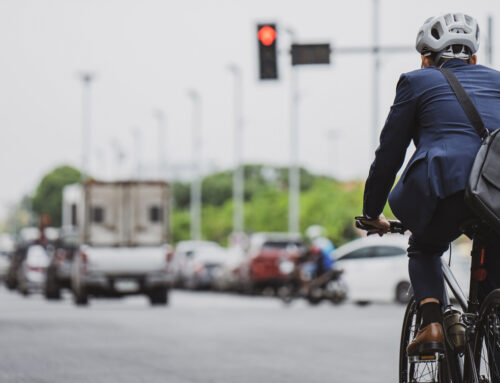
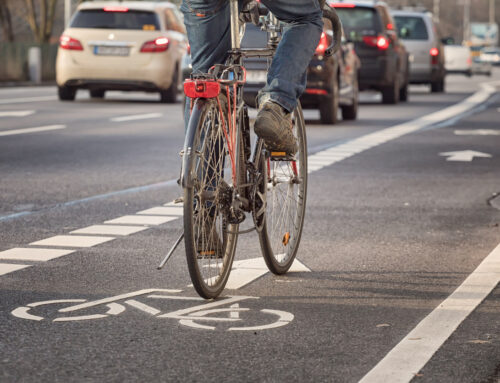
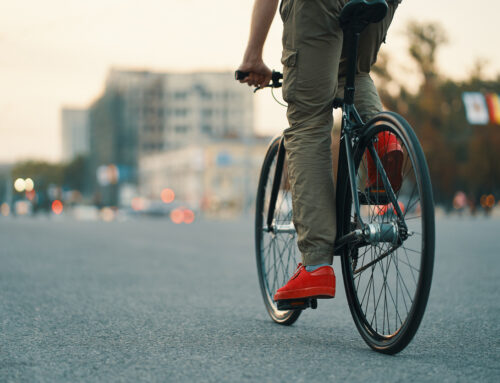
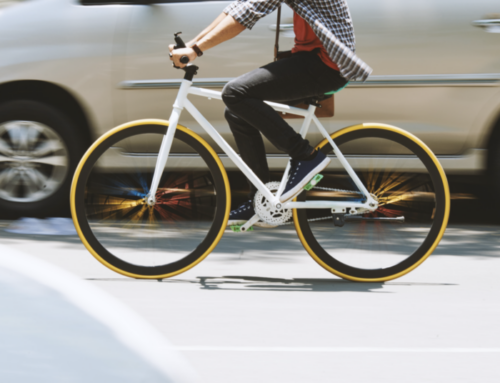
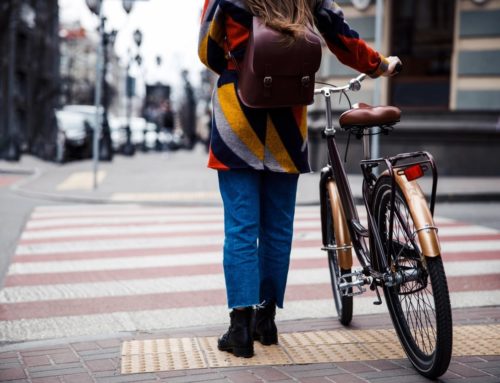
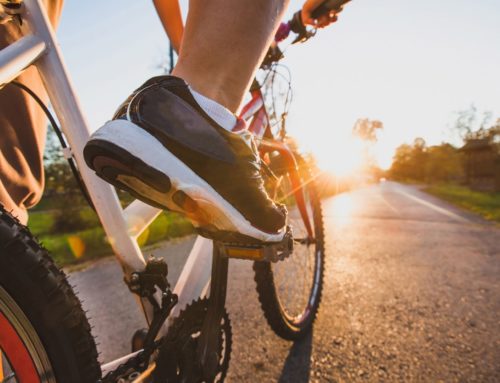
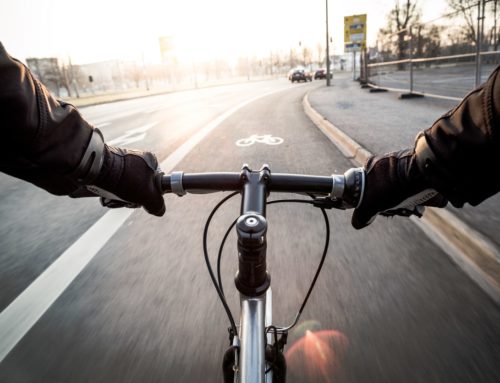

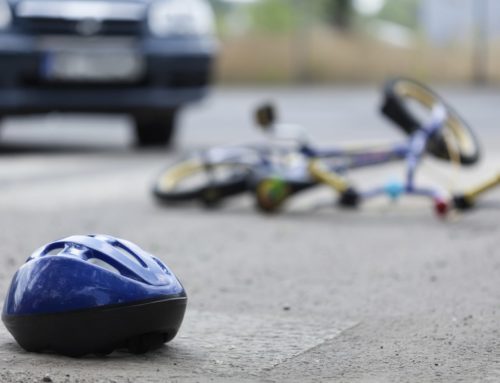

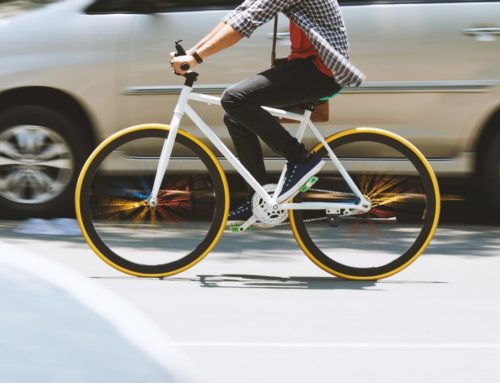
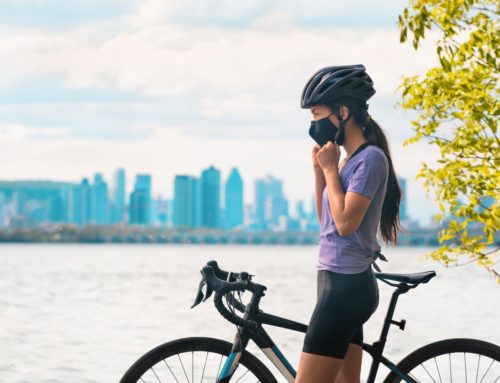
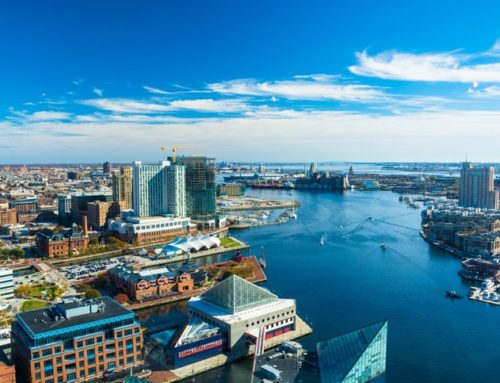
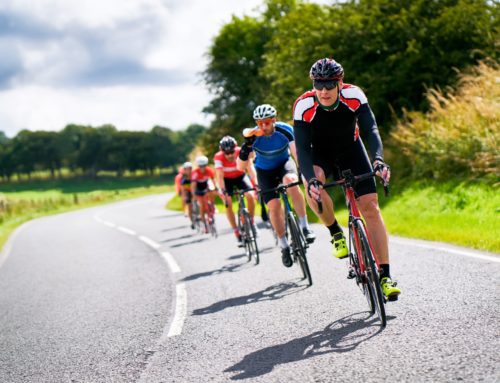
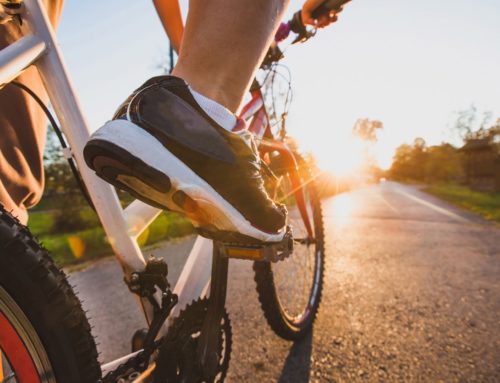
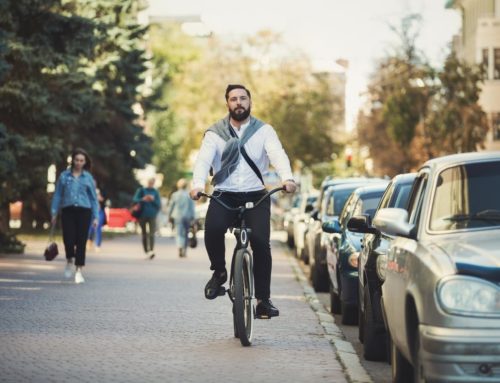
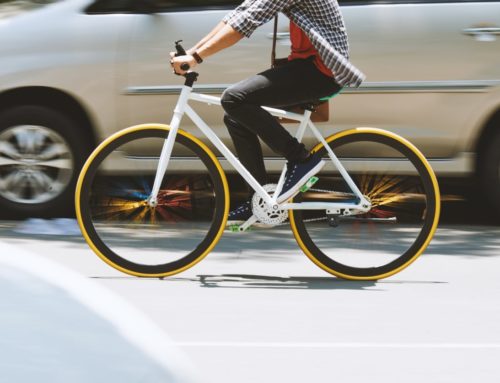
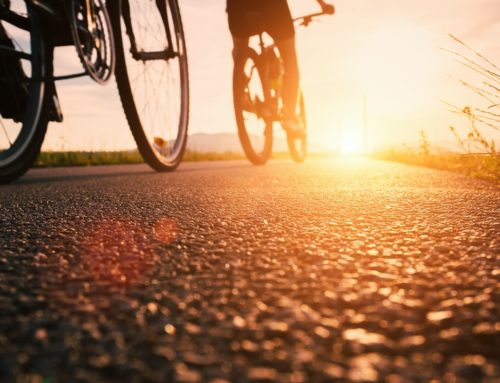
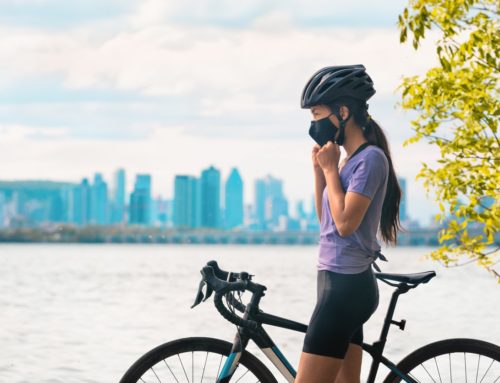
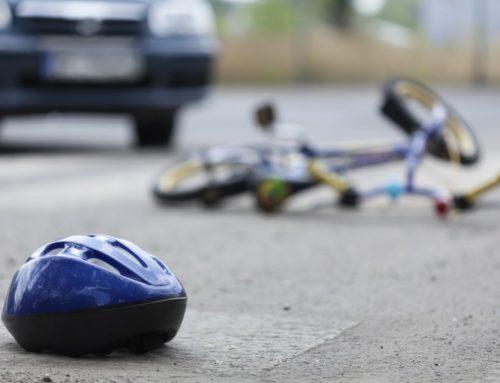
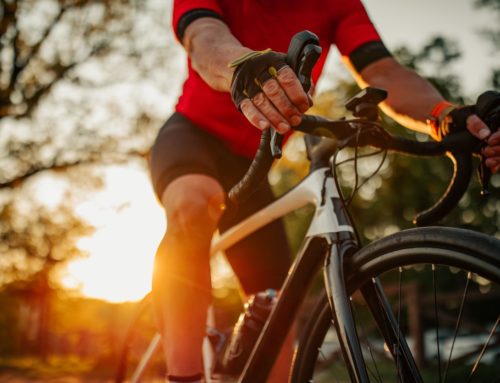
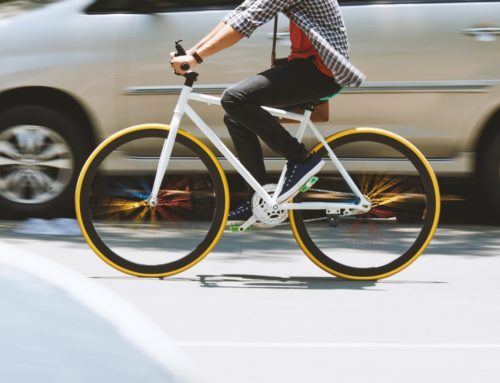
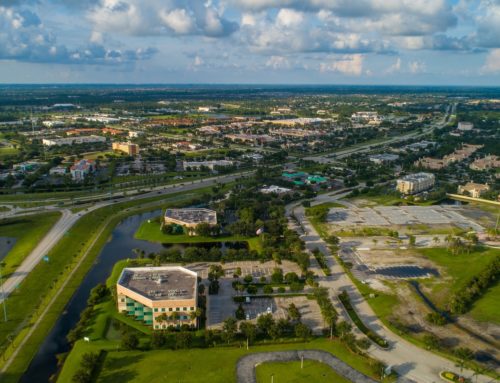
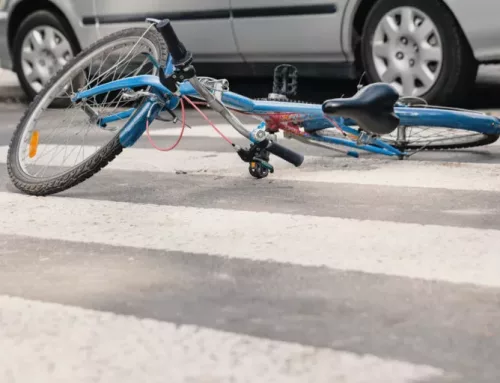
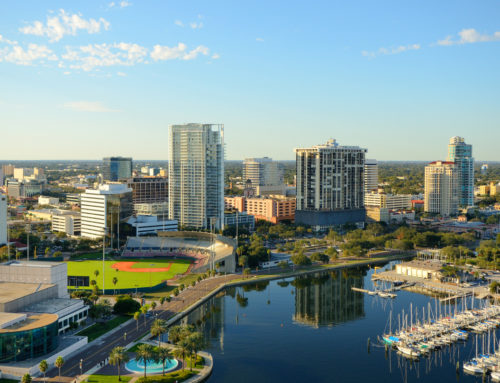
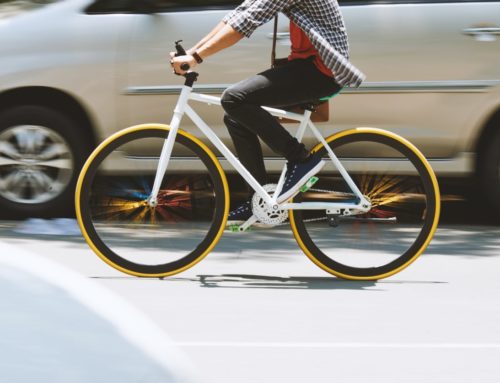
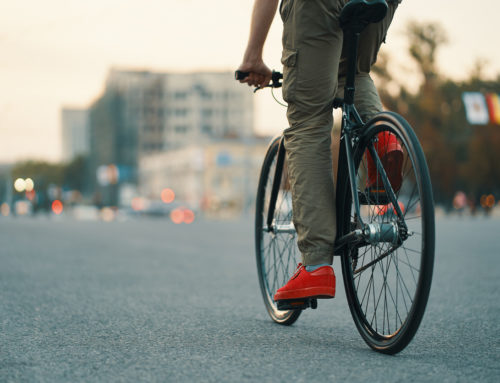
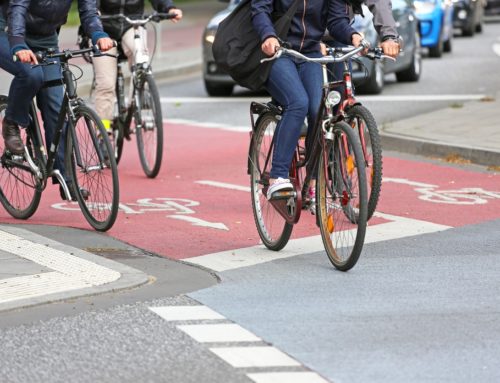
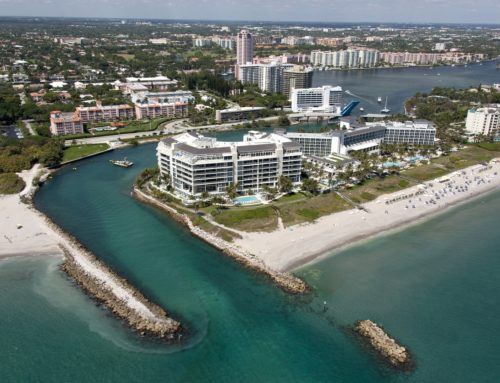
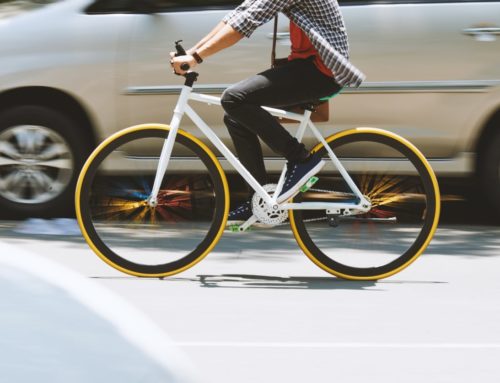
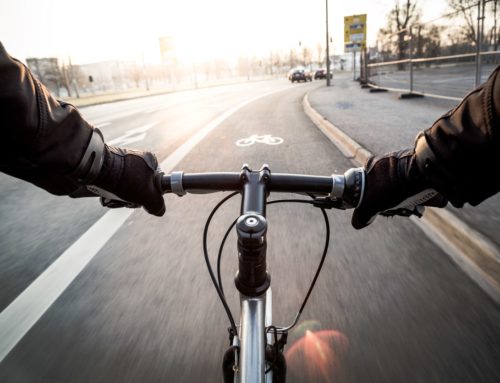
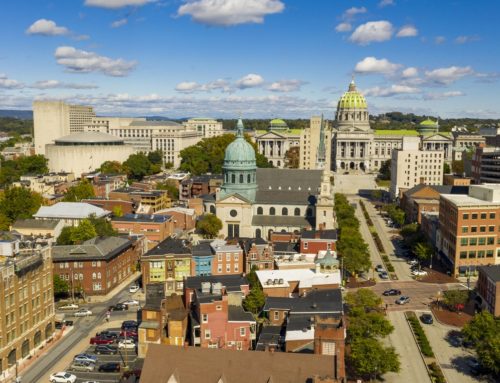
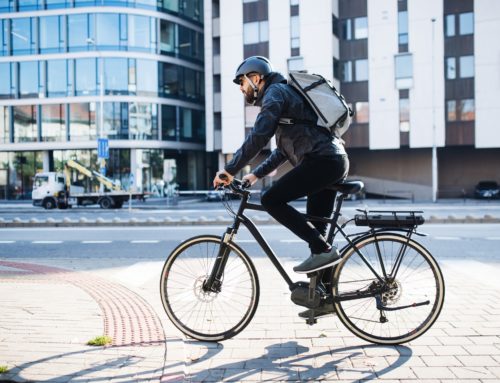
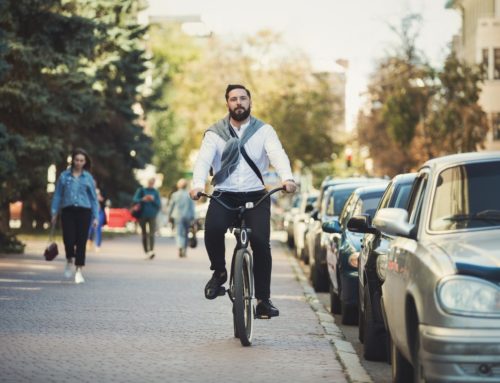
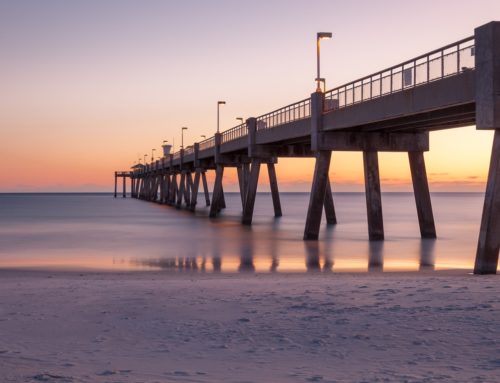
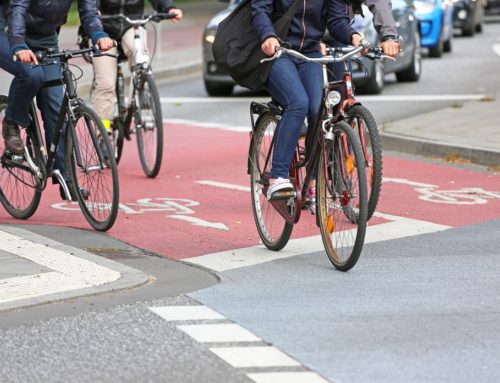
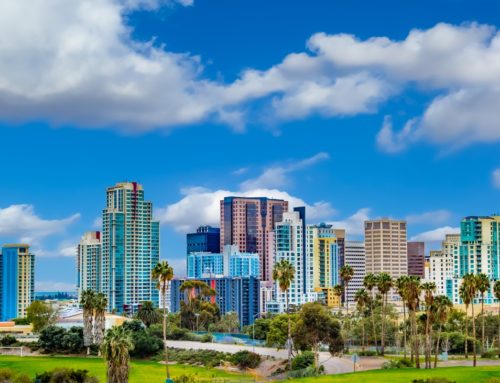
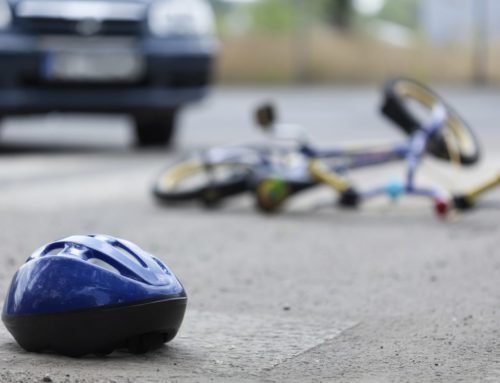
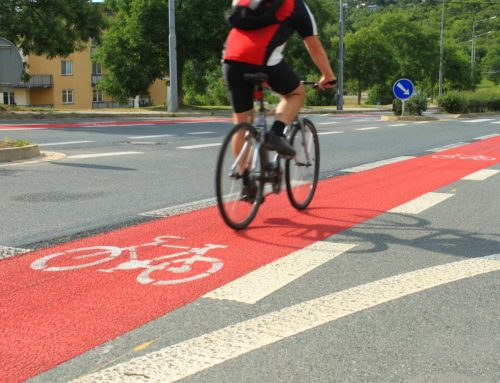


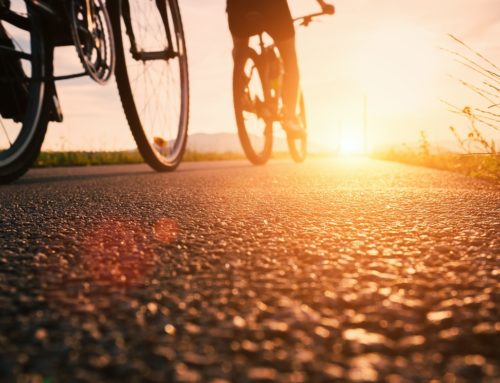
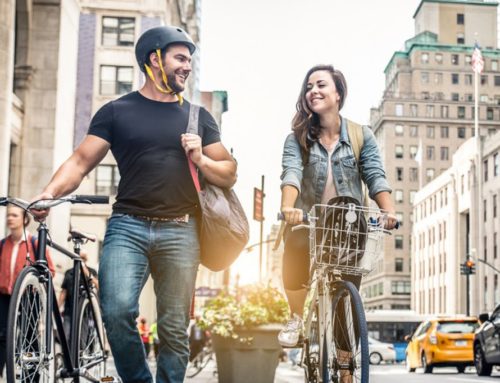

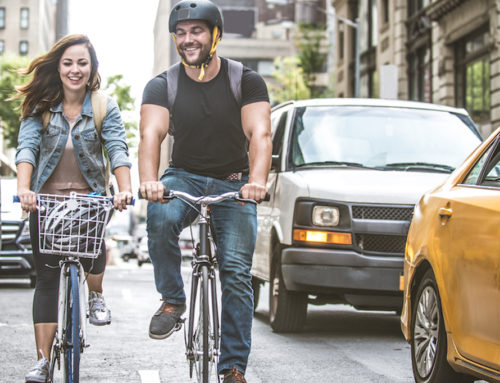
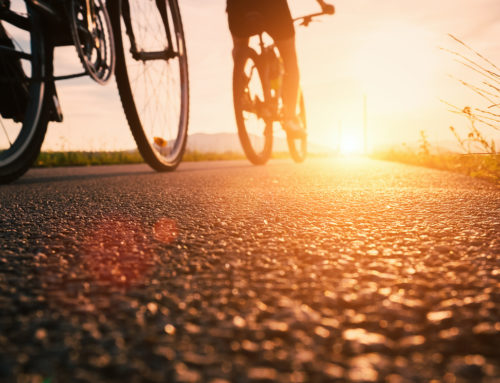

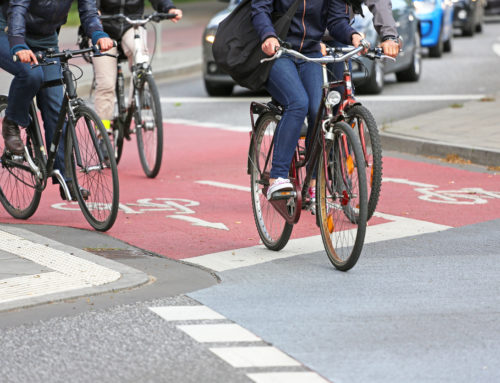
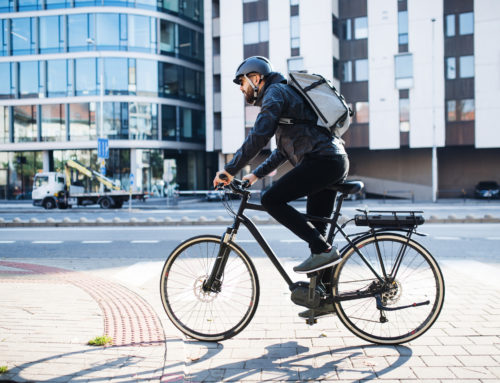
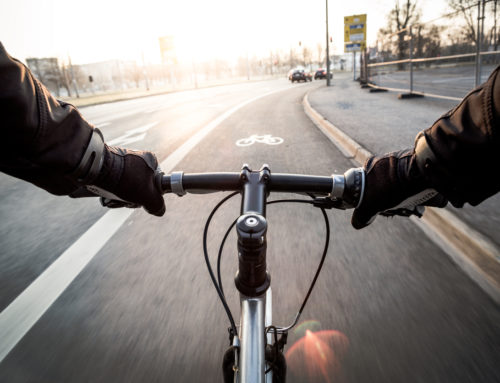

Leave A Comment